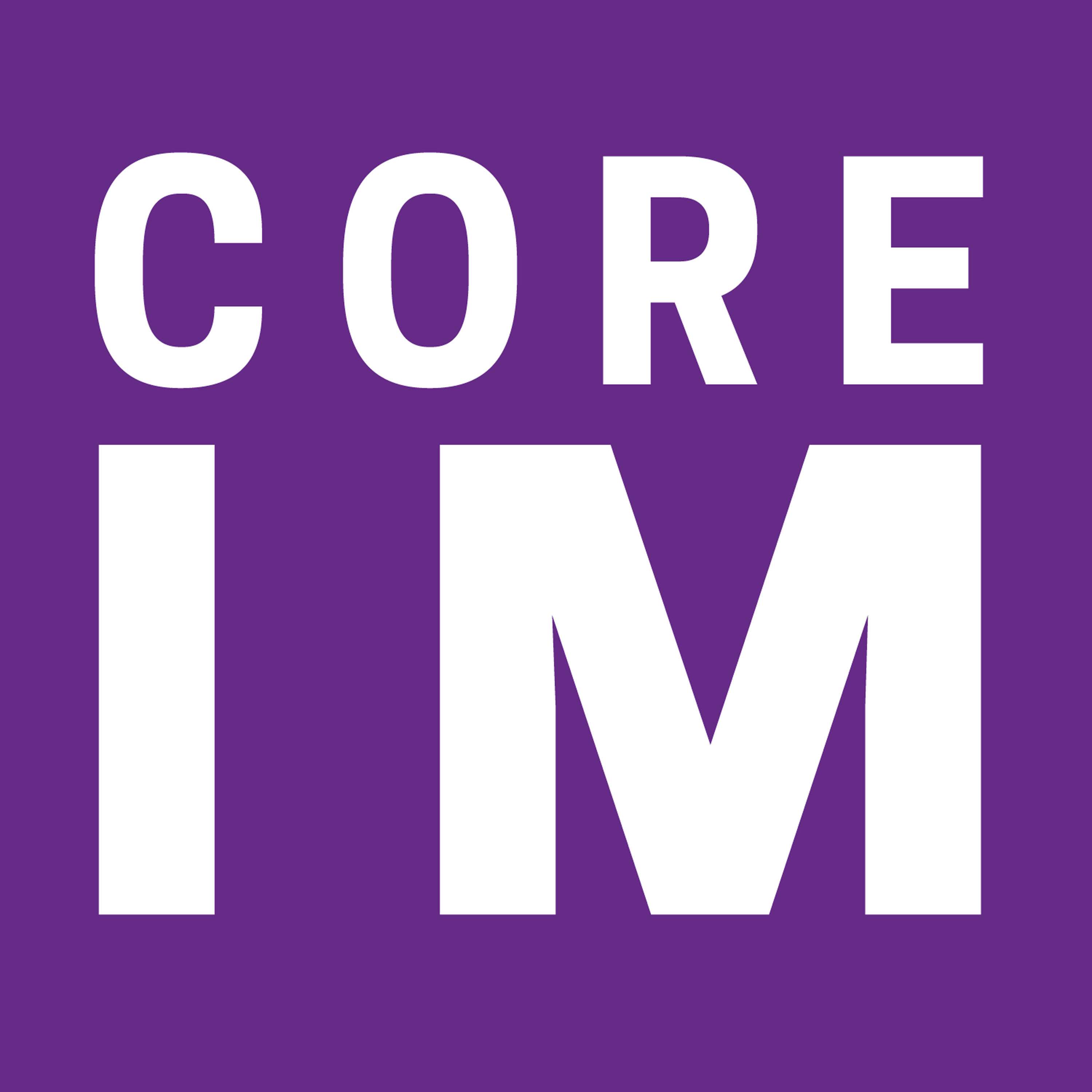Core IM Hoofbeats Part 2: 85F with Acute AMS
Update: 2018-10-24
Description
By John Hwang MD, Cindy Fang MD, Neil Shapiro MD, Marty Fried MD || Illustration by Michael Shen MD || Audio Editing by Richard Chen ||
Time stamps
Your collective differential [0:40 ]
The test results (that you asked for) are in… [2:13 ]
The hospital course, and the diagnosis (or is it?) [7:10 ]
Validating a diagnosis: Base rate, adequacy, and coherence [8:30 ]
Revisiting the differential [14:44 ]
What to do when there is no final diagnosis? [17:39 ]
Subscribe to CORE IM on any podcast app! Follow us on Facebook @Core IM || Twitter @COREIMpodcast || Instagram @core.im.podcast. Please give any feedback at COREIMpodcast@gmail.com.
Show notes
A working diagnosis should be subjected to a process of validation before the clinician accepts it as the final diagnosis in a case.
Did you consider the base rate of the diagnosis (i.e how common or rare the disease actually is)?
A proposed diagnosis is adequate when it can satisfactorily explain all or most of the patient’s key findings.
A proposed diagnosis is coherent when all the aspects of the case (the patient’s features, clinical findings, illness course) conform to the expectations we have based on our understanding of that disease’s pathophysiology.
* Are there are other plausible diagnoses that are not sufficiently excluded?
The rate of C. difficile colonization is low in healthy adults, but rises to 5-7% in elderly nursing home residents, and is reportedly as high as 25% in hospitalization inpatients according to some studies. The diagnosis of Clostridium difficile infection (CDI) therefore requires a compatible clinical syndrome, not just a positive toxin or PCR assay.
Be aware of clinical scenarios that may deviate from the classic illness script for CDI. C. difficile presenting with ileus, CDI in a patient with an ostomy, CDI in elderly immunocompromised patients, and CDI presenting with systemic symptoms predating the onset of diarrhea (such as unexplained leukocytosis or delirium) are among the many permutations of this disease.
Oral vancomycin is now the IDSA-recommended first line treatment for an initial episode of C. difficile colitis of any severity, as a growing body of evidence suggests metronidazole is inferior to vancomycin for this purpose.
Cases without definitively-proven diagnoses are still valuable opportunities to learn and improve our practice.
Always consider a second opinion, whether from a colleague, an expert, a collective intelligence, or a computer.
Implement a system to actively follow-up on patient outcomes long after you’ve diagnosed and treated them. Passive feedback — relying on patients or other providers to bring you news of your hits and misses — is too infrequent and too skewed to be helpful.
Diagnosis is ultimately a means to an end. Successfully managing a patient without having the benefit of an unquestionably-proven, all-encompassing final diagnosis is a skill characteristic of an expert clinician.
Transcript
JOHN
Hi everyone, John Hwang here. And welcome back to another episode of Hoofbeats, where we challenge you to solve diagnostically difficult, real-world cases alongside experienced clinicians. As always, I’m here with my partner, Cindy Fang.
CINDY
So two weeks ago we challenged you to solve the case of an 85 year-old woman brought in with psychotic symptoms just after being discharged from a prolonged hospitalization for complicated diverticulitis.
Comments
In Channel





